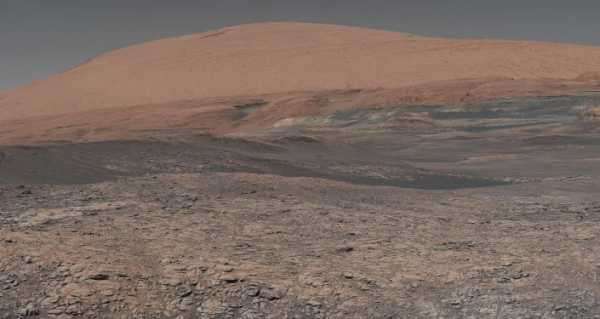
The potential for thin water films that exist below the surface in salty permafrost regions opens new doors for habitability exploration, as its melting and freezing create a dynamic environment that could be enough to sustain life on the Red Planet.
A new Californian Search for Extraterrestrial Intelligence Institute (SETI) study shows that the harsh environment of the cold and dry Mars might be similar to that of the underground lakes in Antarctica, which could be a potential home to life on the planet just inches below the surface.
The results of the study are based on images captured on NASA’s Mars Reconnaissance Orbiter by the HiRISE camera, which is considered to be the most powerful imaging system ever sent to another planet.
They show strings of moisture appearing and fading overtime on sun-facing slopes. According to the report, the findings were verified by a computer model, laboratory experiments that illustrated how only salty meltwaters could cause them. The streaks are created on the surface when salts combine with underground water, causing visible disturbances, including collapses and fast-moving landslides of the form currently observed on Mars.
This unusual climate has also been compared to conditions in the underwater lakes of Antarctica, where strange shrimps and “swimming cucumbers” are thriving. In similar conditions on Earth, such as the Dry Valleys of the Antarctic, the Dead Sea in Israel, and the Atacama Desert in Chile, the same phenomenon has been seen.
According to the Daily Star report, these results could provide a new target for NASA’s Perseverance probe, which is scheduled for February 18 to touch down. The robot rover is fitted with a large coring drill to look for signs of life in rock samples.
The research shows that Mars appears to be lively and is still evolving.
Sourse: sputniknews.com






